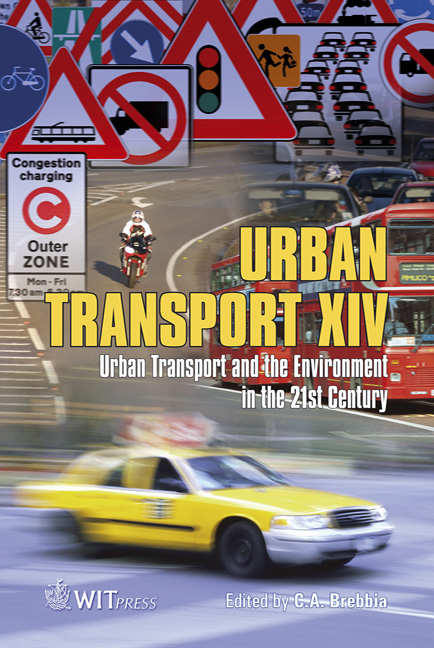Revenue Management Based Model For The Dynamic Definition Of Toll Price For Freight Vehicles
Price
Free (open access)
Transaction
Volume
101
Pages
9
Page Range
527 - 535
Published
2008
Size
567 kb
Paper DOI
10.2495/UT080511
Copyright
WIT Press
Author(s)
S. Schreiner & T. Hyodo
Abstract
This study proposes a dynamic tolling method for a private toll network based on revenue management, taking into account the daily dynamics of freight transportation demand. The first part of this study assessed a sample of freight vehicles’ routes, using maximum route overlapping methodology to obtain a relation between network attributes and the route choice of such vehicles. In the second part, also using route overlapping methodology, the individual value of time for each vehicle was estimated and incorporated to the route information as an attribute of the trip. The third part of this study uses the results obtained previously to model the dynamic tolling system. Discrete choice techniques are used to evaluate purchase probability during the day in relation to a set of possible toll prices, identifying the efficient prices that achieve revenue maximization. Finally, the model is tested by comparing the total daily toll revenue results of the current static price strategy and the dynamic pricing strategy. The data from the person trip survey conducted in 1999 in Tokyo is used as demand input data for the model. Keywords: revenue management, toll road, route choice model. 1 Introduction The long-term implications of the definition of a tolling scheme from the point of view of Revenue Management were introduced by Nagae and Akamatsu [1]. Although the focus of that work concentrated on showing that the long-term operation and day-to-day demand dynamics should be considered more dominant
Keywords
revenue management, toll road, route choice model.





